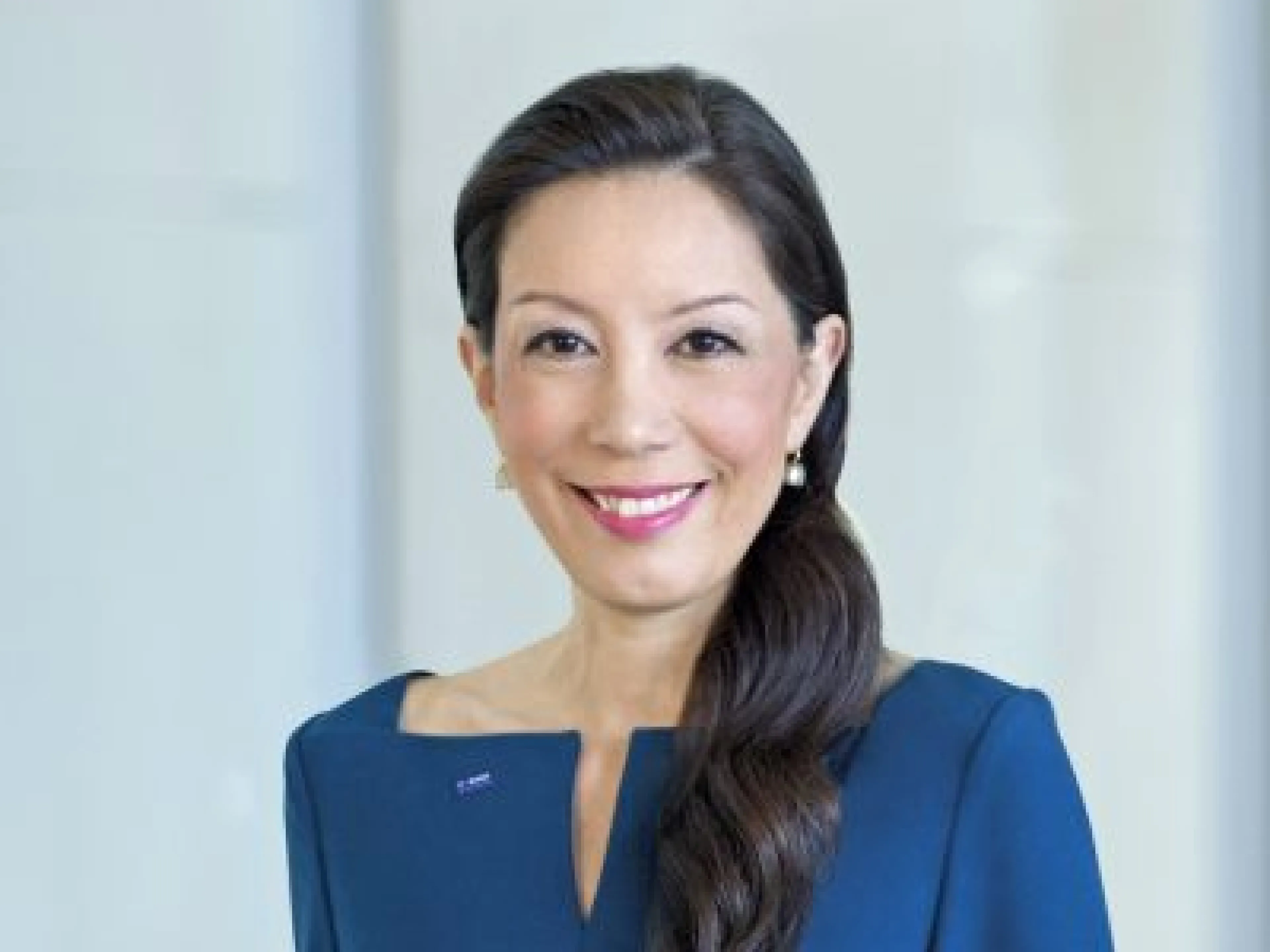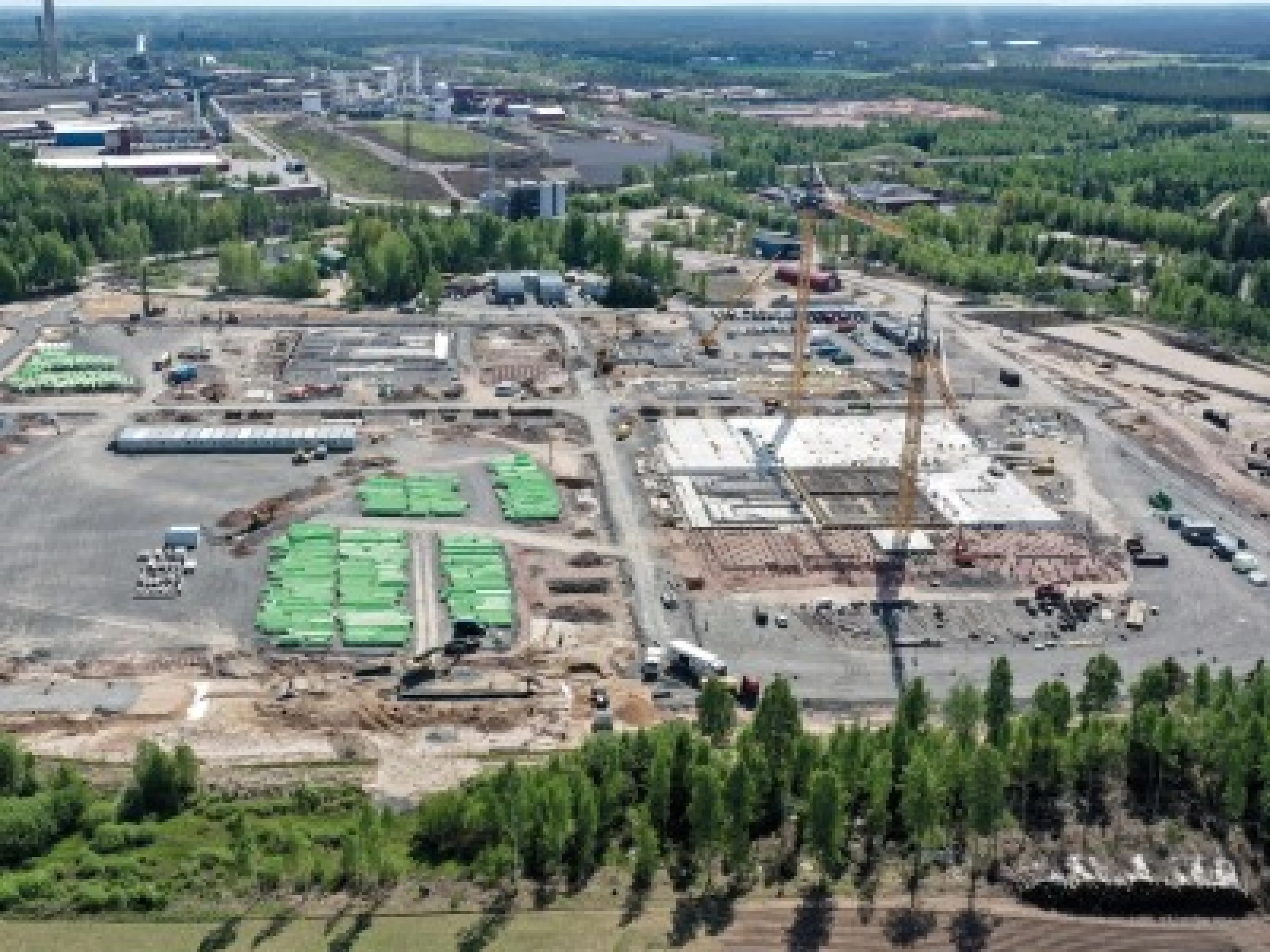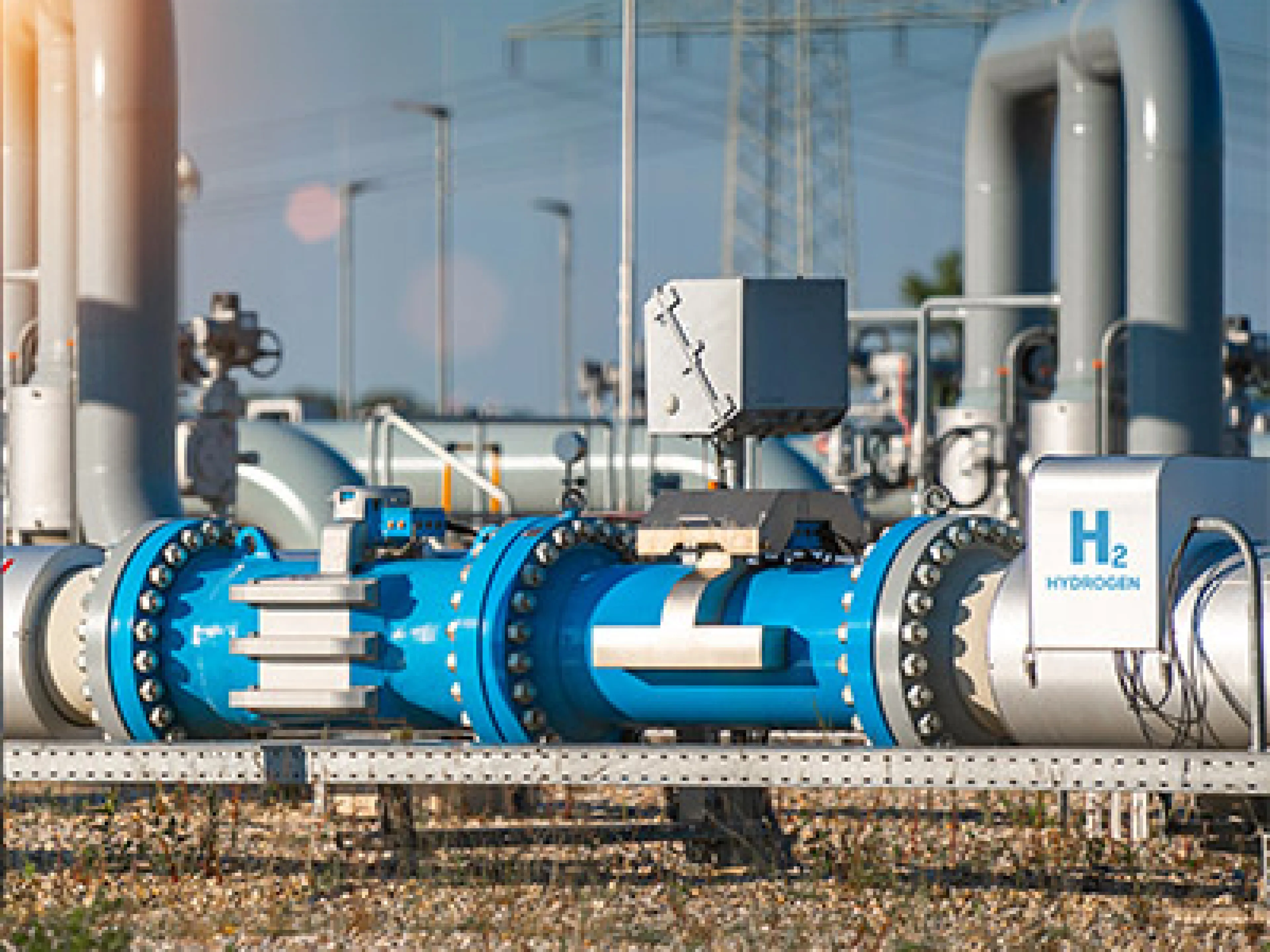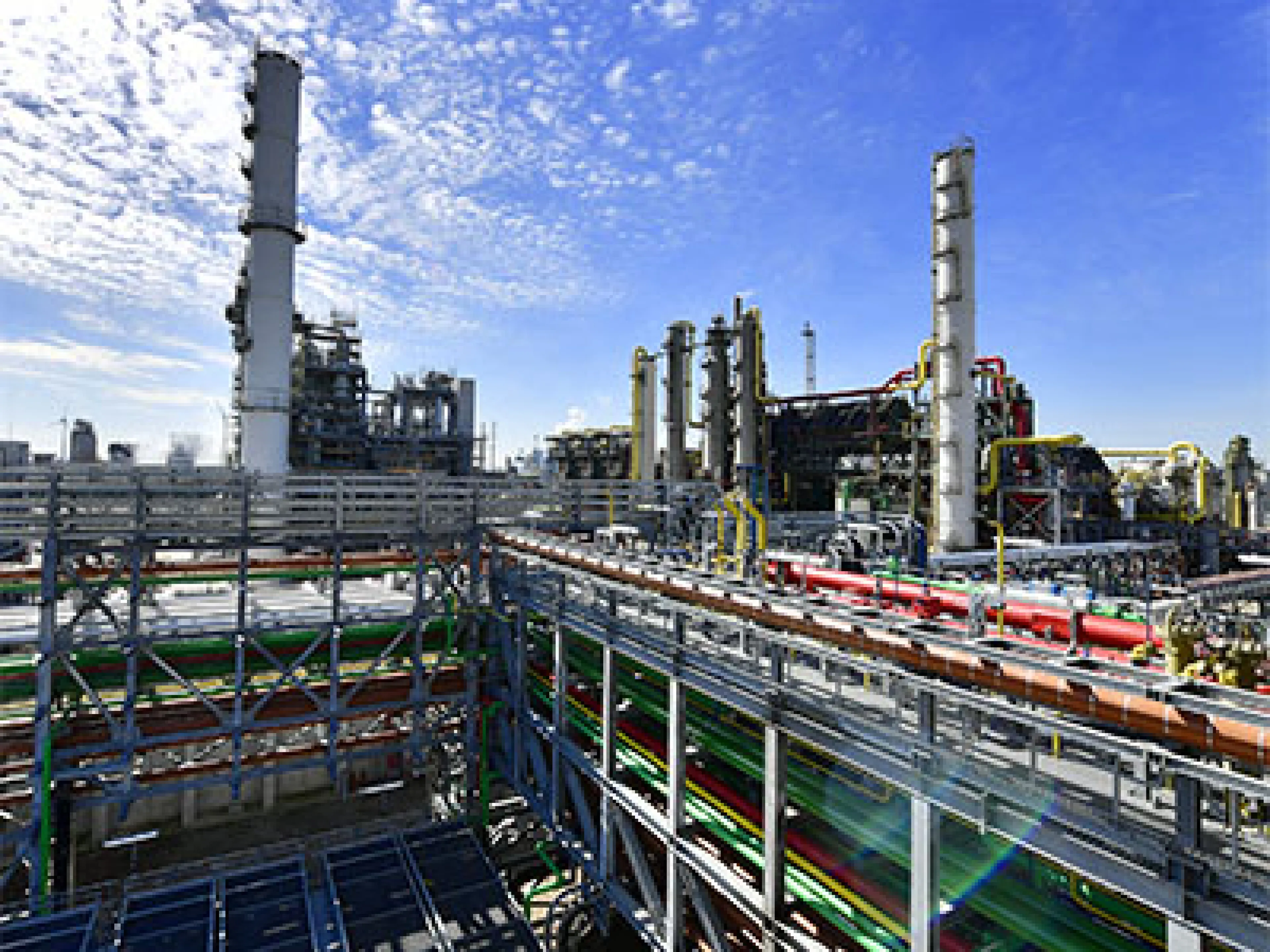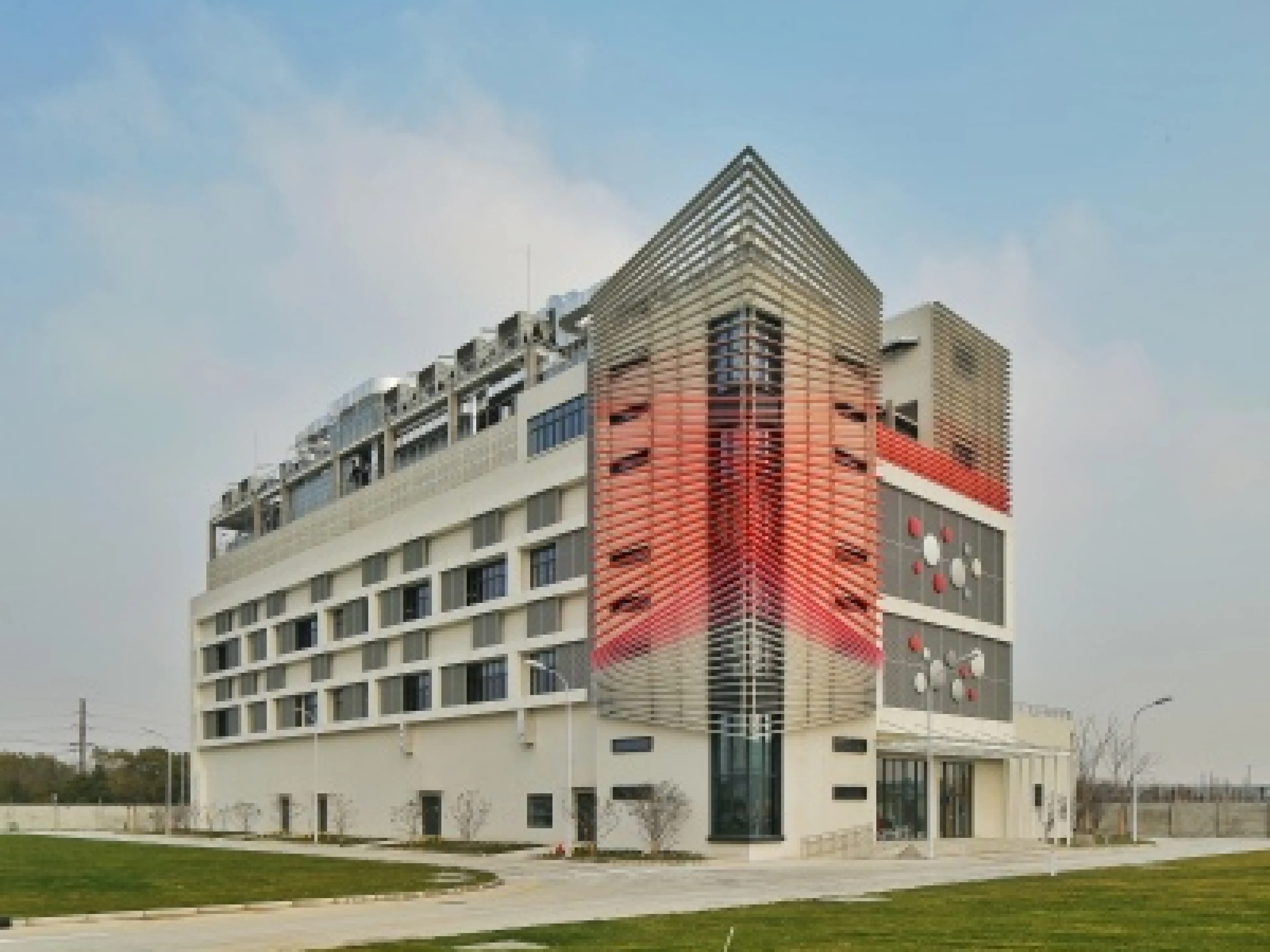
BASF Group significantly increased sales and earnings in the 2021 business year. “It was a strong and successful year for BASF,” said Chairman of the Board of Executive Directors, Dr. Martin Brudermüller, who presented the BASF Report 2021 together with Chief Financial Officer Dr. Hans-Ulrich Engel. “We increased sales prices by 25 percent and volumes by 11 percent. All segments achieved price and volume growth in 2021,” said Brudermüller. BASF Group’s sales amounted to 78.6 billion euro in 2021, 33 percent higher than in the previous year. Ebitda before special items of 11.3 billion euro in 2021 was higher by 3.9 billion euro and Ebitda of 11.4 billion euro exceeded the prior-year figure by 4.9 billion euro. At 7.8 billion euro, income from operations (Ebit) before special items more than doubled compared with 2020. This represented an increase of 67 percent compared with the pre-pandemic level in 2019. BASF’s positive earnings development was mainly driven by the Chemicals and Materials segments. The Surface Technologies and Industrial Solutions segments also contributed considerably to the strong recovery.
Additional costs due to rising energy prices in Europe
BASF’s automotive-related businesses continued to be negatively impacted by the semiconductor shortage. In 2021 and particularly in the fourth quarter, higher raw materials prices and increased energy and logistics costs also burdened the earnings development in all segments. For BASF’s European sites, the additional costs due to further increased natural gas prices in 2021 amounted to around 1.5 billion euro. The fourth quarter of 2021 alone accounted for 0.8 billion euro of this amount. Brudermüller announced: “We will implement further substantial price increases in the coming months to pass on the significantly higher costs and improve our margins in the downstream businesses.” The established pricing procedures in these businesses lead to a delay in passing on costs.
Cash flows from operating activities in 2021 amounted to 7.2 billion euro, compared with 5.4 billion euro in the previous year. The considerable increase was primarily due to the improvement in net income, which came in at 5.5 billion euro. Free cash flow increased to 3.7 billion euro in 2021 from 2.3 billion euro in the previous year. In the fourth quarter of 2021, cash flows from operating activities increased by 1.2 billion to 3.3 billion euro. Free cash flow came in at 1.8 billion euro, an increase of 84 percent compared with the fourth quarter of 2020.
Sales and earnings development of BASF Group in fourth quarter 2021
BASF Group’s sales in the fourth quarter of 2021 rose by 24 percent versus the prior-year quarter to reach 19.8 billion euro. “Despite the comparison with the strong prior-year quarter, BASF was able to increase volumes in all segments except for Materials in the fourth quarter of 2021,” said Chief Financial Officer Engel. Ebitda before special items increased by around 100 million to 2.2 billion euro. Ebitda amounted to 2.3 billion euro, compared with 2.0 billion euro in the fourth quarter of 2020. Ebit before special items was 1.2 billion euro, compared with 1.1 billion euro in the fourth quarter of 2020. Ebit came in at 1.2 billion euro in the fourth quarter of 2021, compared with 932 million euro in the fourth quarter of 2020.
At BASF’s Annual Shareholders’ Meeting this year, the Board of Executive Directors and the Supervisory Board will propose to pay a dividend of 3.40 euro per share, an increase of 10 cents. In total, BASF would pay out 3.1 billion euro based on the number of shares at the end of the year. “With our dividend proposal, the BASF share offers an attractive dividend yield of 5.5 percent based on the share price at the end of 2021,” Brudermüller said.
Achievement of nonfinancial goals
BASF aims to reduce its absolute CO2 emissions by 25 percent by 2030 compared with the baseline 2018. In 2021, the CO2 emissions amounted to 20.2 million metric tons - a decrease from the 20.8 million metric tons emitted in 2020. “This decline is remarkable given the strong growth in volumes,” said Brudermüller. Much earlier than planned, BASF achieved its target of 22 billion euro in sales by 2025 with products that make a substantial sustainability contribution in the value chain. Sales of these Accelerator products amounted to 24.1 billion euro in 2021. “We will therefore adjust this portfolio steering target in the course of 2022,” Brudermüller said.
BASF’s planned capital expenditures of 25.6 billion euro between 2022 and 2026 are 2.7 billion euro higher than in the previous planning period from 2021 to 2025. “The main reasons for this are our two major growth projects: the new Verbund site in Zhanjiang and our battery materials activities,” said Hans-Ulrich Engel. “These two projects are key to drive BASF’s future growth,” he added. Investments in BASF’s existing business remain stable at an average level of 2.6 billion euro per year. Engel announced BASF would be very disciplined with the investments required to maintain and profitably grow these businesses. “This will enable us to fund the growth projects with an average of also roughly 2.6 billion euro per year. Capex for our growth projects will peak in 2024,” said Engel. For 2022, BASF plans total capital expenditures of 4.6 billion euro, compared with 3.4 billion euro in 2021. The annual budget for research and development activities amounts to around 2.1 billion euro.
BASF Group outlook for 2022
“We have had a very strong start to the year, with January 2022 figures above the prior-year month,” said Martin Brudermüller looking ahead to the current business year. BASF expects global economic growth of 3.8 percent to be somewhat more moderate in 2022 following the very strong recovery in 2021. “As order backlogs in industry are high, we expect global industrial production to grow by 3.8 percent and chemical production by 3.5 percent,” Brudermüller said. BASF anticipates an average oil price of 75 dollar for a barrel of Brent crude and an exchange rate of 1.15 dollar per euro.
Based on these assumptions, BASF is forecasting sales of between 74 billion and 77 billion euro for 2022. The company expects the BASF Group’s income from operations (Ebit) before special items to be between 6.6 billion and 7.2 billion euro. Roce should be between 11.4 percent and 12.6 percent. CO2 emissions are expected to be between 19.6 million metric tons and 20.6 million metric tons in 2022. BASF’s forecast ranges take into account uncertainty resulting in particular from the effects of ongoing supply chain disruptions, the further course of the coronavirus pandemic and the development of energy prices.
